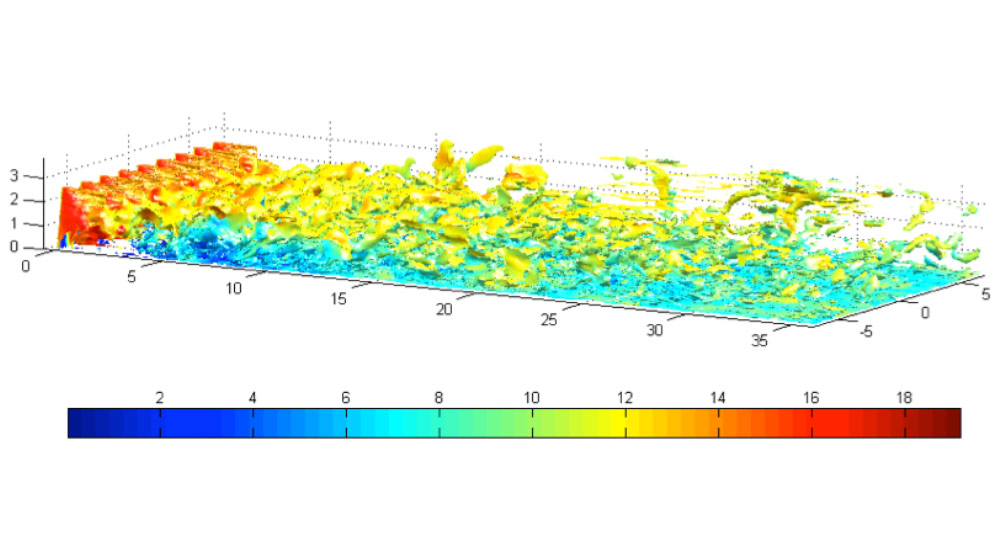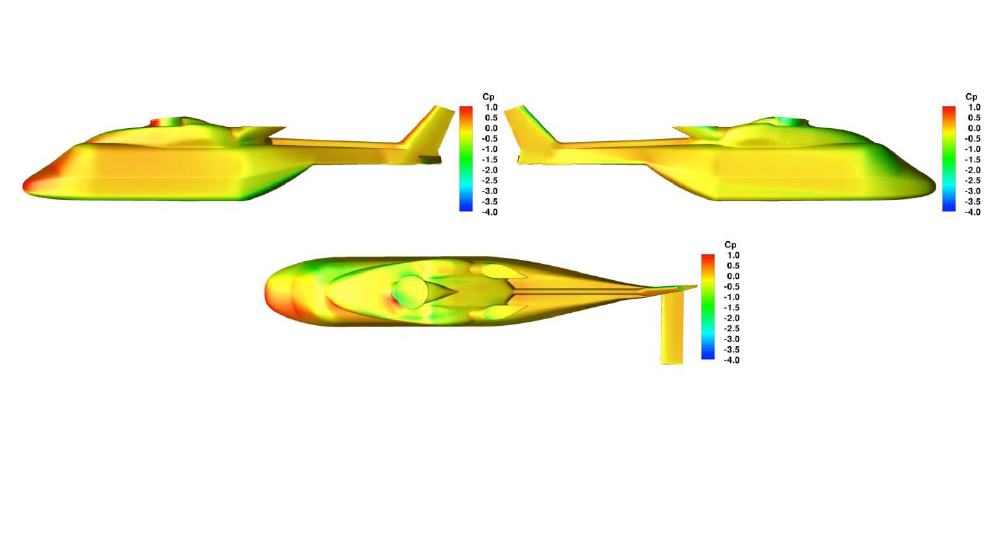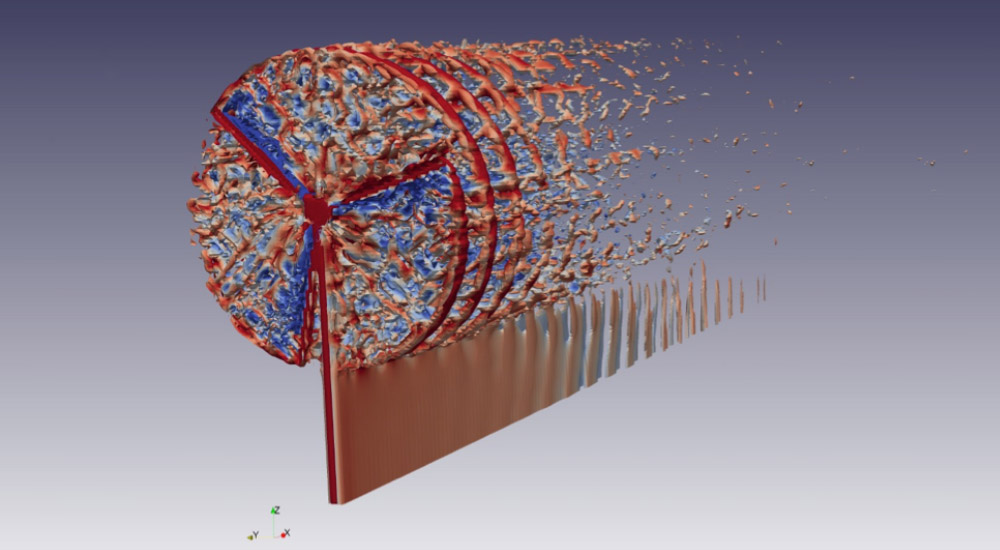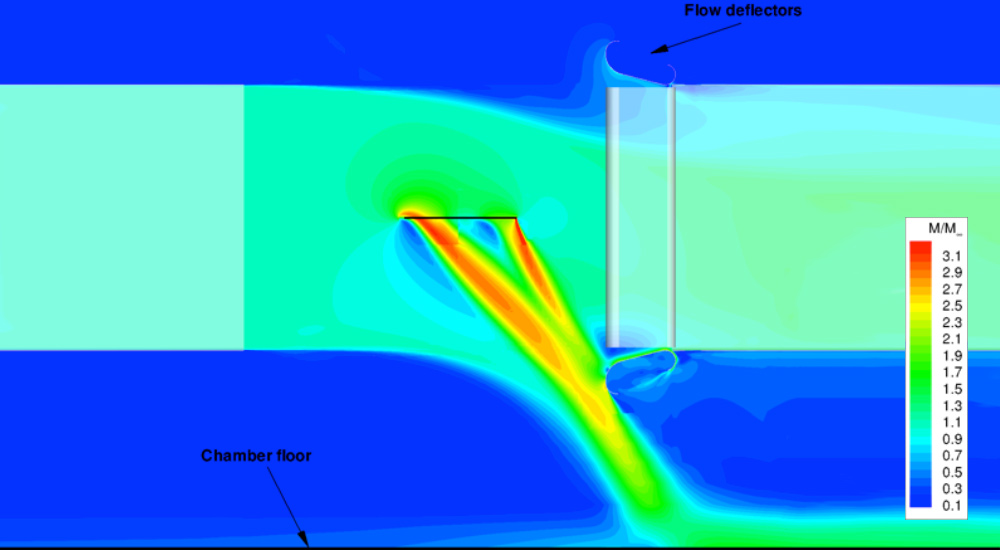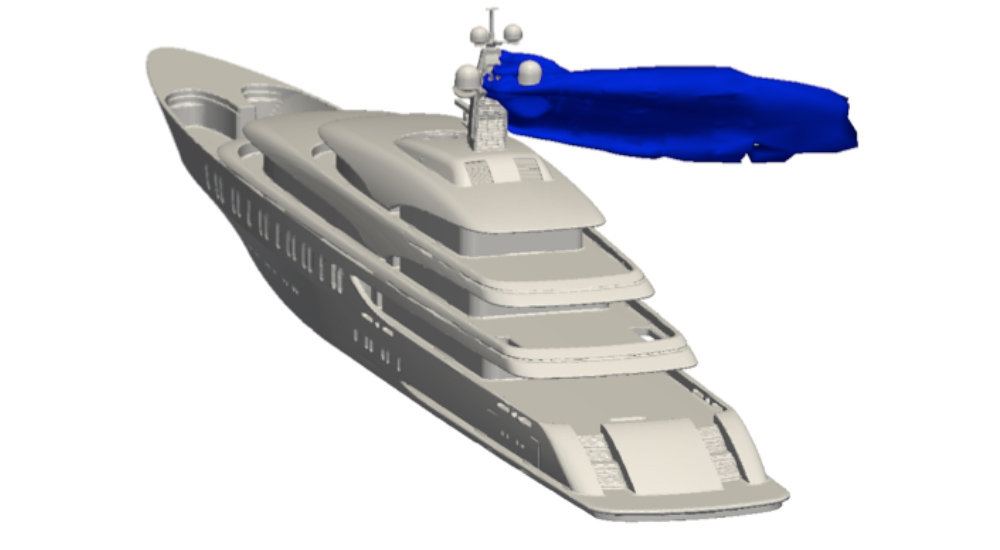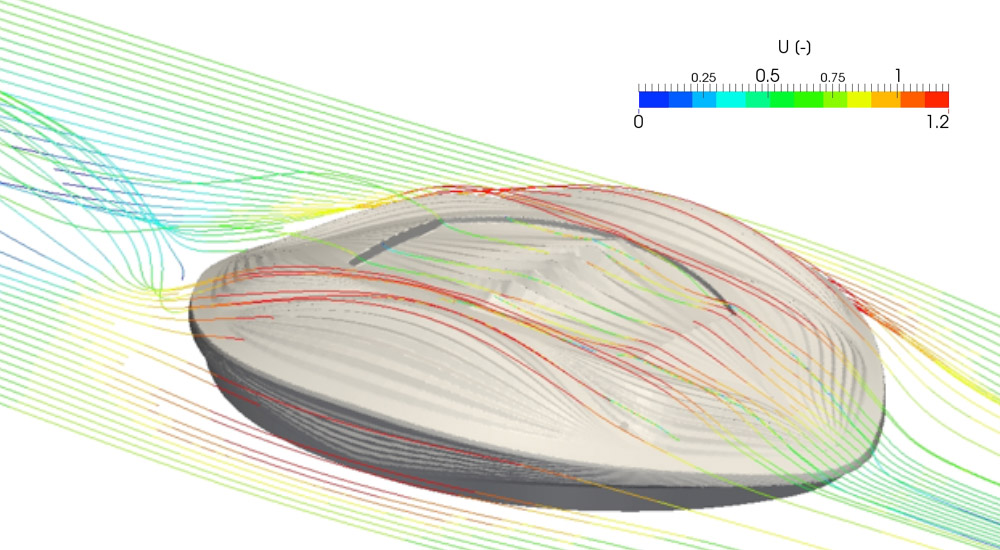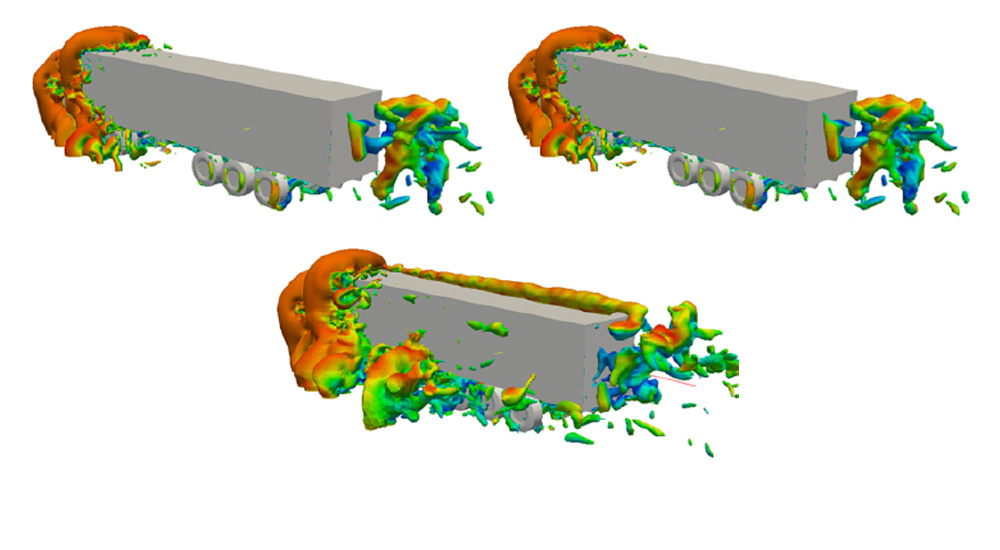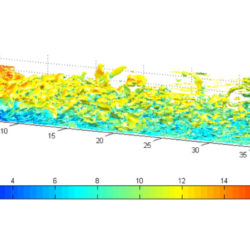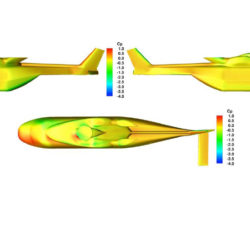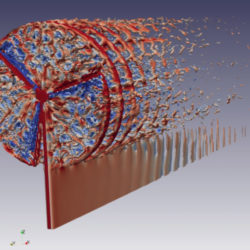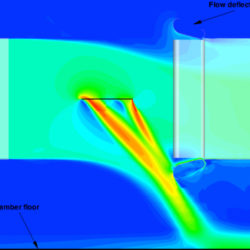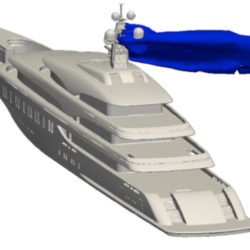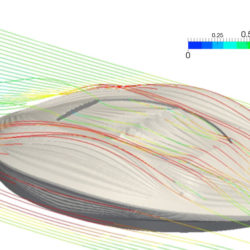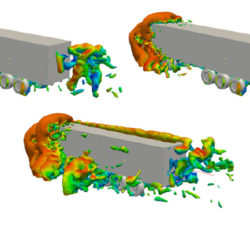Numerical wind tunnel
Wind tunnel tests are supported by means of numerical models. Computational Fluid Dynamics (CFD) can be complementary to wind tunnel tests when based on methods validated by expertise and physical measurements. There is the expertise in several commercial, open-source and in-house computational codes. The most suitable numerical model for the reproduction of the phenomenon under study is adopted, to optimize the computational cost to the research target. All state of the art methods are available in order to investigate properly the phenomenon under study, namely:
- Reynolds Averaged Navier Stokes (RANS)
- Unsteady Reynolds Averaged Navier Stokes (URANS)
- Detached Eddy Simulation (DES)
- Large Eddy Simulation (LES)
The use of CFD may fulfill the following goals:
- To explain the phenomena observed through experimental wind tunnel tests. Typical application is the reproduction of a wind tunnel test to have a deeper insight in the flow field characteristics
- To perform the appropriate corrections to the measured data. Typical application is the estimation of the angle of attack correction for fixed-wing aircraft or shaft angle correction for model rotor tests
- To preliminary estimate the aerodynamic loads on the model, in order to correctly design the structure of the model itself and the supports
- To preliminary estimate the possible simplification of complex geometries details, which may be omitted in the design of a reliable scaled model
- To evaluate Reynolds number or Mach number scale effects, which cannot be reproduced in the wind tunnel tests.
CFD may also allow to perform parametric studies on geometries that are too complex to be realized in wind tunnel or to reproduce conditions that cannot be consistently measured or cannot be realized in experimental tests. An example can be found in measuring the aerodynamic forces on moving vehicles (rolling contact forces influence the measurement of aerodynamic forces) or in the modelling of buoyant forces (for pollutant dispersion studies), that may not be properly investigated through wind tunnel tests; the wind tunnel tests on still vehicles or neutrally buoyant conditions can be used to validate a numerical model that can be subsequently used to reproduce the actual condition.

